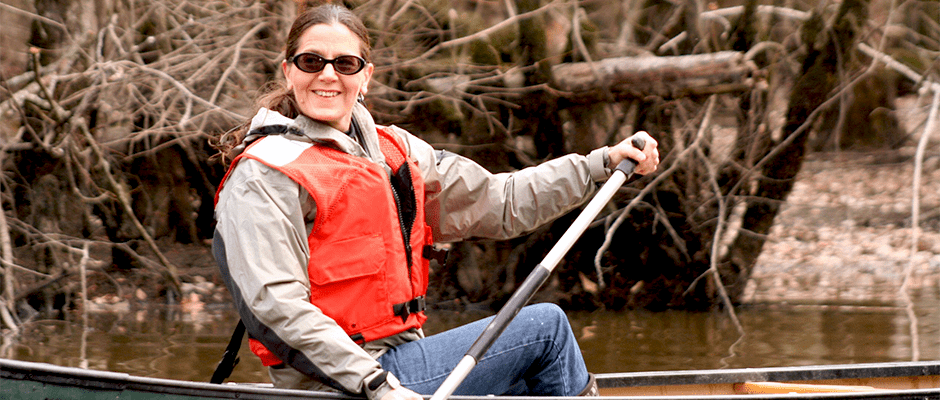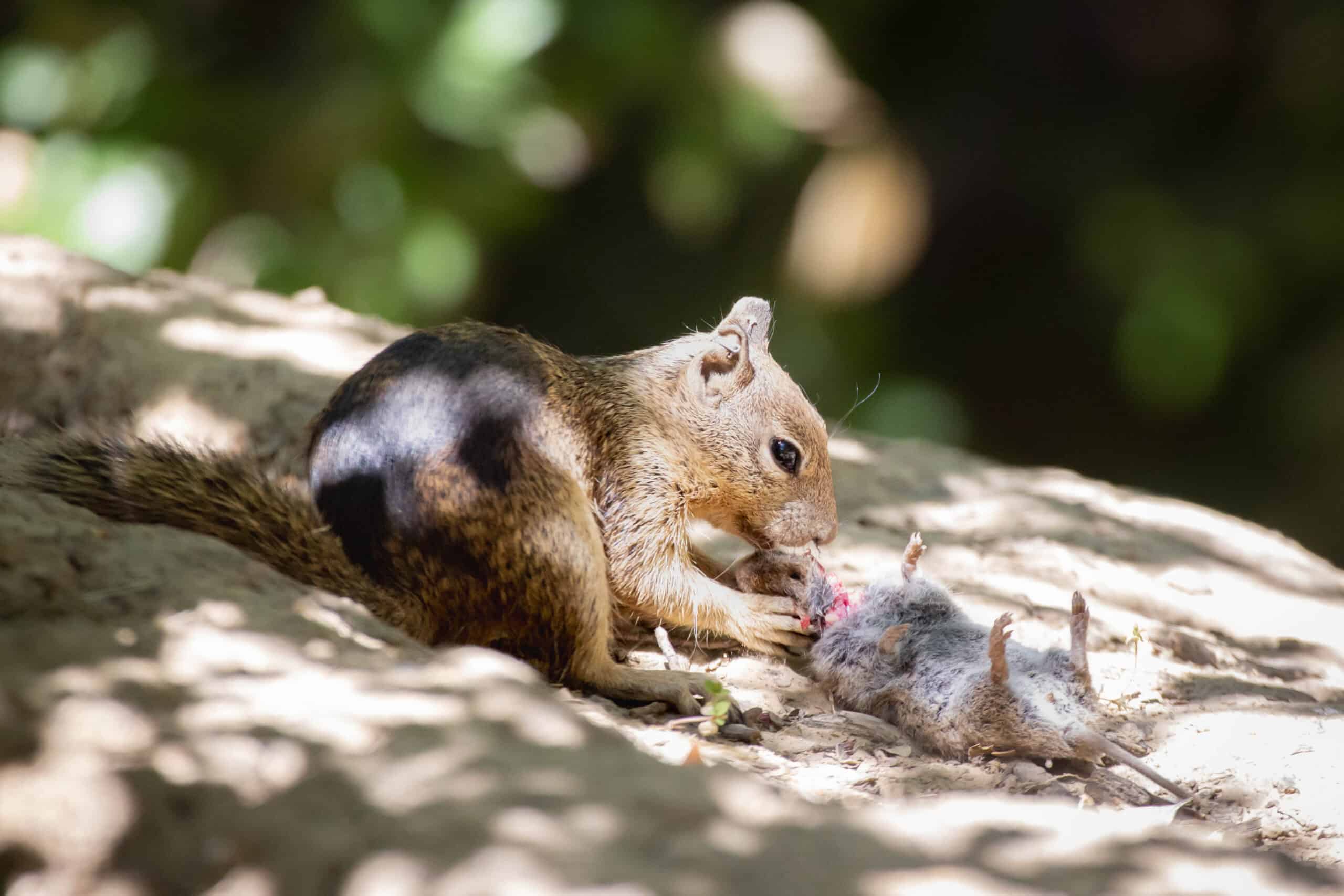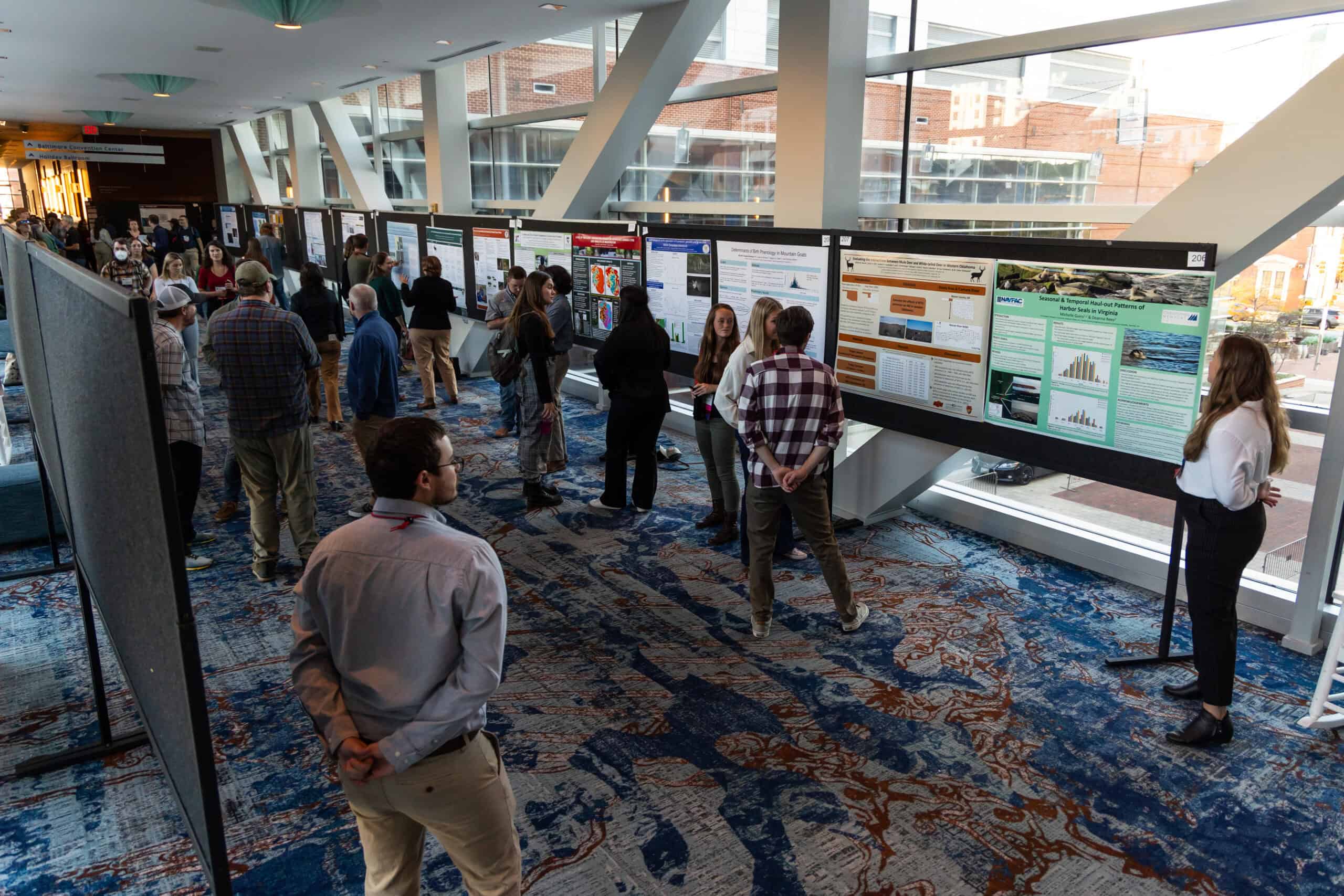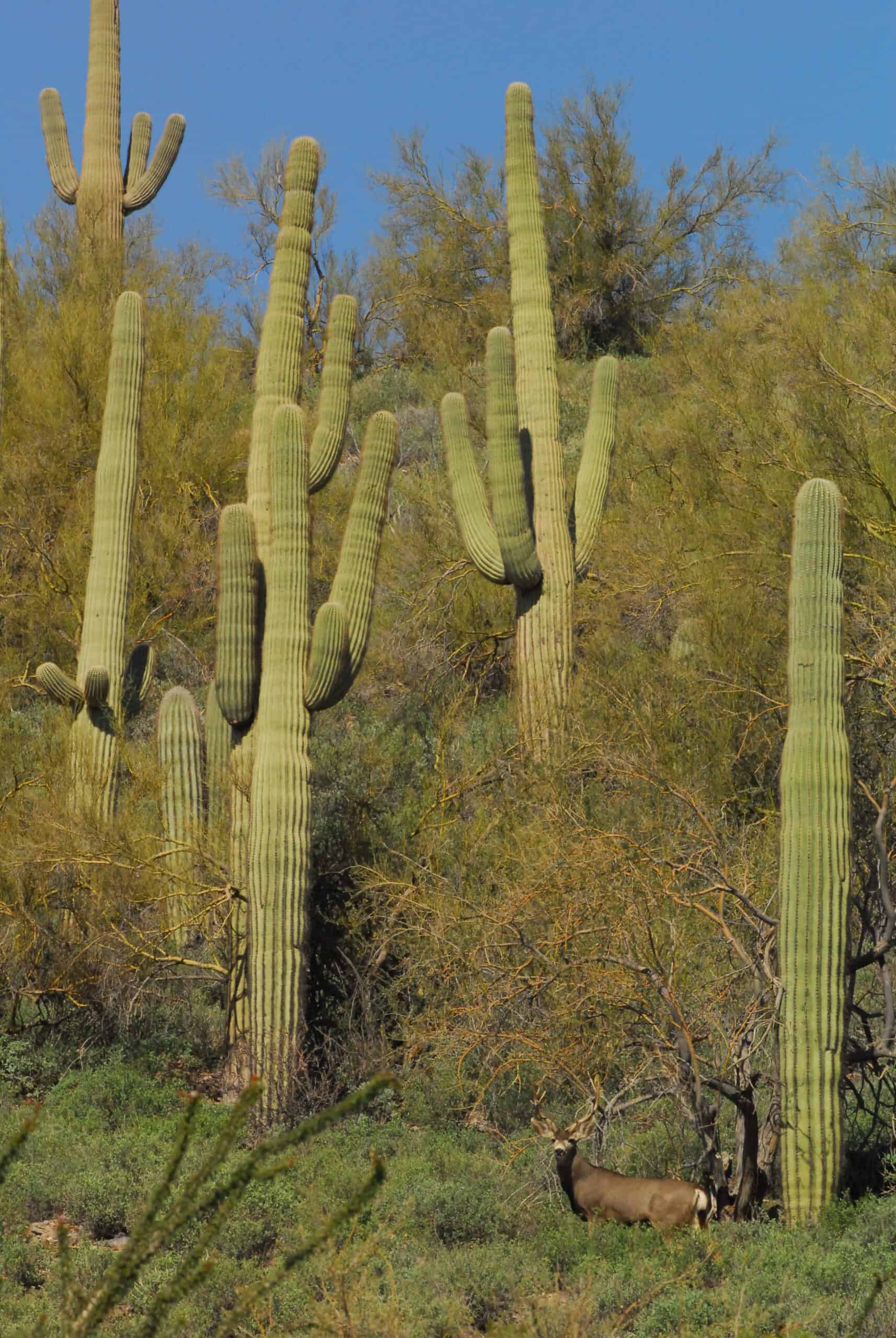Share this article
Conference keynote explores businesses as partners in conservation
When wildlifers from NGOs, state and federal agencies, universities and other organizations partner with businesses, it can create a win-win for the environment and the corporation.
At the upcoming annual TWS conference in Albuquerque, N.M., individuals from Caterpillar Inc., Ducks Unlimited and The Nature Conservancy will discuss the importance of these types of partnerships to promote the missions of companies as well as conserve wildlife and lands.
Kathryn Spitznagle
Spitznagle, the director of global sustainability with Caterpillar, will facilitate a discussion about how businesses can help restore natural infrastructure, or “green” infrastructure. This can include things like restoring wetlands or creating estuaries to maintain or enhance ecosystem function.
“We have a small but mighty team and our mission is to promote sustainability within Caterpillar and outside of Caterpillar,” Spitznagle said. “We want to be recognized as being sustainable, and part of being sustainable is helping our customers, our employees and the communities where we live and work, to thrive.”
Spitznagle said that science shows restoration of lands is good for the community, customers, business, employees and environment. She will discuss ways that green infrastructure can be intertwined with “gray infrastructure” which includes things like pipes and tunnels.
“There is a business side, and we can do good for the Earth and also do good for business and our employees,” she said. “There’s a return for the business, return for customers and return for the environment.”
Lynn Scarlett
Scarlett, a worldwide managing director for public policy at The Nature Conservancy and global climate strategy lead, will discuss some of the ways natural infrastructure and natural solutions can be used to benefit the environment and businesses.
“The idea is nature is not just nice; it’s essential,” Scarlett said. “Wetlands purify water, oyster reefs protect coastal systems and floodplains help with reducing flooding impacts. Nature can significantly reduce risk, in some instances better and cheaper and smarter and greener.”
Scarlett will discuss some of the challenges and opportunities to these natural solutions. One challenge is regulations. According to Scarlett, it’s hard to get cities to use natural solutions with EPA approval when rules and regulations are mostly targeted at “grey” infrastructure like stormwater pipes. Another challenge is simply getting the word out that these solutions can work. “If we’re going to modernize infrastructure, let’s not build our way back into the 19th century,” she said. “But build our way into the 21st century, and nature can help.”
Scarlett said this is relevant not only in the U.S., but also globally with the effects of a changing climate. For example, high intensity storms are increasing, which can result in more flooding, and old style gray infrastructure might not be up to the task.
“What I would hope is people will go away with an understanding of how essential these systems are for people and communities,” Scarlett said. “Conservation of nature is good for people and wildlife. I hope they go away with the understanding that there are opportunities, perhaps, to build out our science and build out investments of nature in recognizing there are multiple benefits beyond wildlife that nature brings.” She also hopes attendees will walk away with knowledge about potential partners to invest with.
Tom Moorman
Moorman, the chief scientist at Ducks Unlimited, will speak more in-depth about how these partnerships might work through different business models.
One of these models is a contractual model where the business provides the money, and an NGO takes that money and leverages it through grants or to secure additional philanthropic investment. The funding then is used to protect or restore elements of systems that provide desired ecological goods and services. In this model, the NGO advances its mission, and the corporation can restore or enhance conservation values of land under their ownership.
In another model, the revolving land model, the NGO purchases land and restores habitat such as wetlands, encumbers the land with a conservation servitude, and then sells the land to buyers that will use the land in ways that are compatible with conservation. They might be ranchers purchasing restored grasslands, farmers purchasing working lands with restored wetlands, or conservation buyers that intend to use the land for recreational purposes. Importantly, any net revenue is shared with the investor and the NGO retains some of the net revenue to drive back into their mission.
“It’s a unique model,” Moorman said. “The proceeds we make, we turn right back into our mission.”
An example of the contractual or partnership model one between Ducks Unlimited and ConocoPhillips, which owns 640,000 acres of coastal wetlands Louisiana making them the single largest landowner in the coastal zone of that state. Moorman said this area also has among the highest rates of coastal wetland loss in North America.. “Hopefully these are partnerships that others might contemplate and see if they apply in whatever area of conservation they might be interested in – these kinds of working partnerships really have allowed us to increase the scale of our conservation footprint in some very important wetland dominated landscapes.”
Moorman said he hopes attendees come to view corporations as a valued conservation partners. “I know a lot of attendees might be state or federal agency staff, from academia,” he said. “Most are familiar with conservation partnerships, but I’m not sure corporations are often contemplated as potential partners. Diversity in partnerships can certainly grow potential funding and increase the scale of conservation, and I think those are the key points we’re hoping we can convey.”
Header Image: Lynn Scarlett, a worldwide managing director for public policy at The Nature Conservancy and global climate strategy lead, will discuss how natural infrastructure can benefit the environment and businesses at the upcoming keynote at The Wildlife Society’s annual conference. Image courtesy of Lynn Scarlett.








